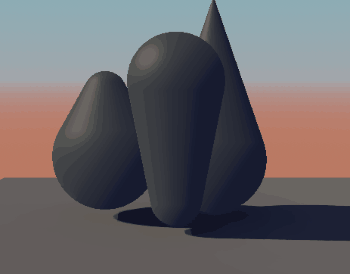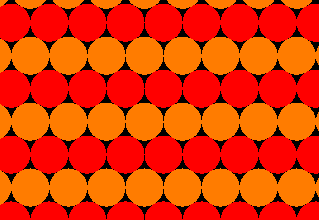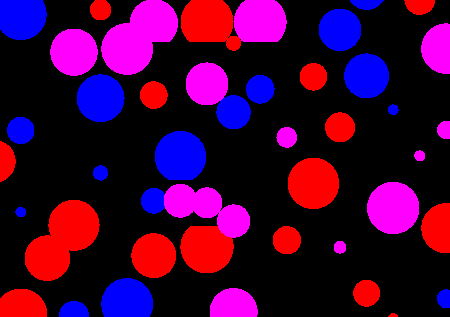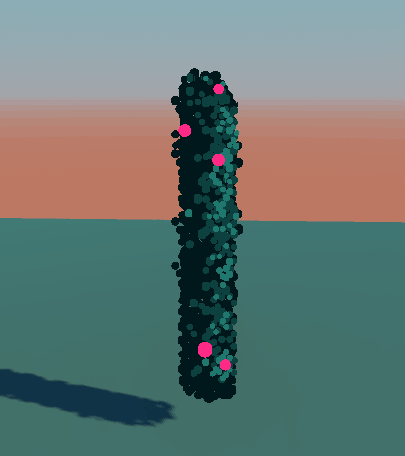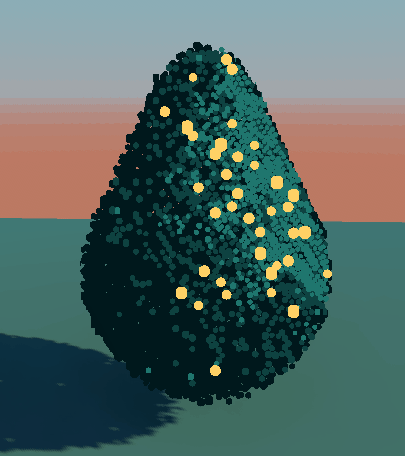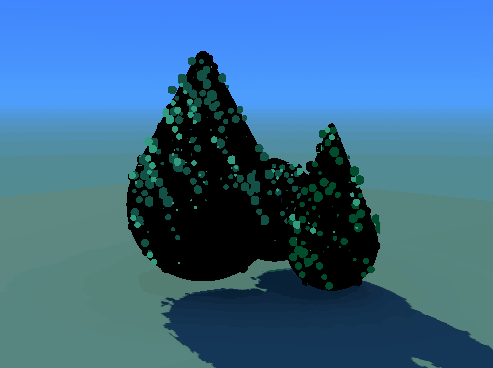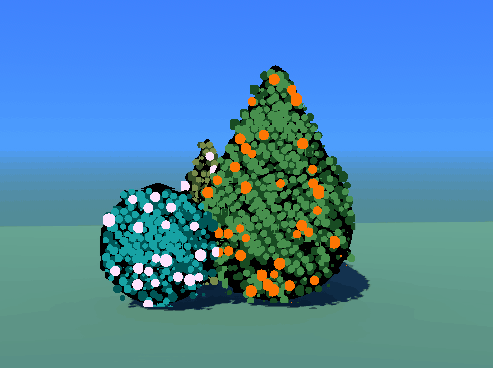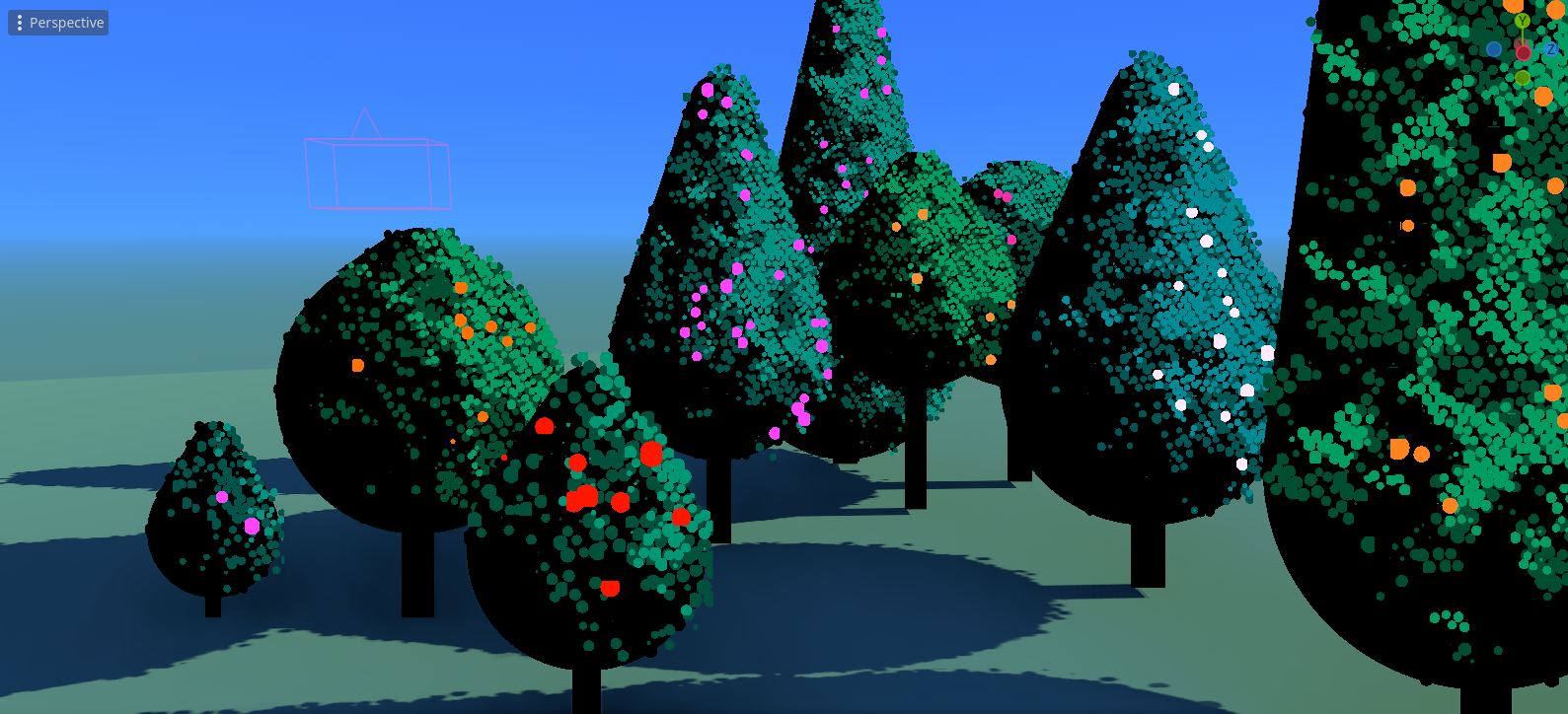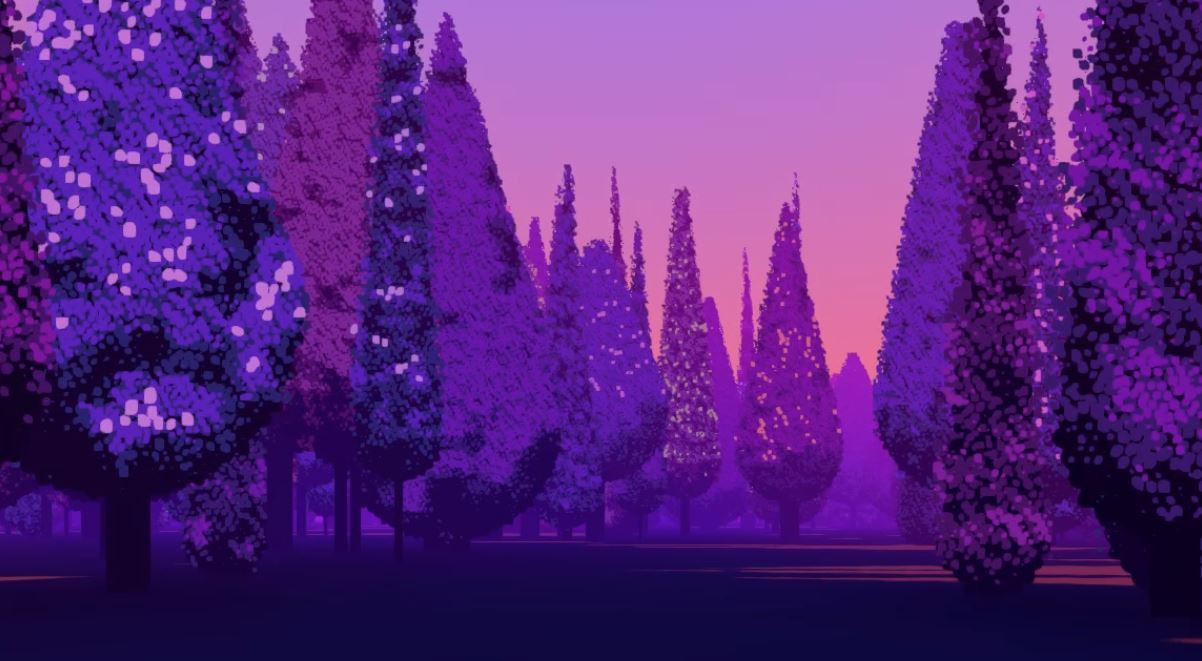- Edited
Hello guys. I got some time so I'm doing another itsy bitsy weekend-long procedural generation project. This time it's trees. Trees are complicated to generate but as usual, I'm aiming pretty low with a lot of self imposed constraints to make the project doable in couple of days.
I'll be taking inspiration from Japanese illustrator Hiroshi Nagai. Some of you that are into retrowave aesthetic may be familiar with his work:
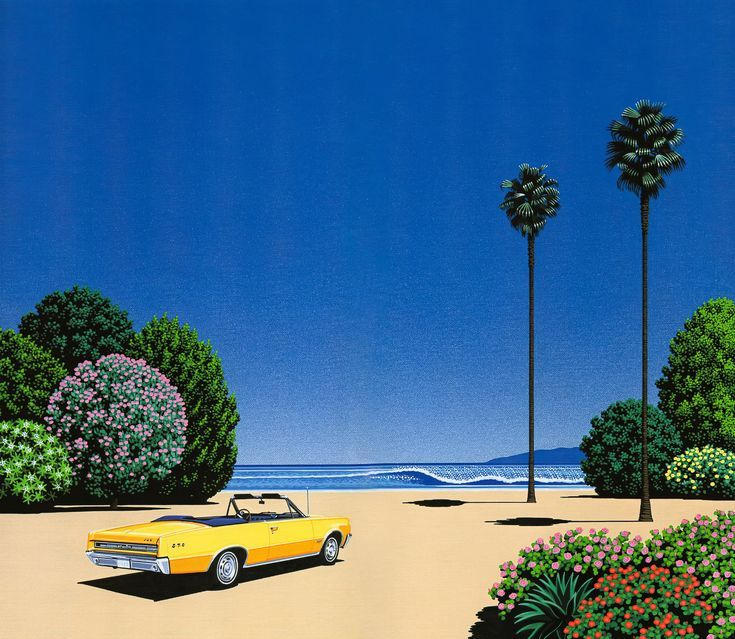
I'll be trying to replicate this bubbly style of trees. with as little resources as possible. Obviously it won't be as good as the illustrations because I intend to cut quite a few corners  . The plan is to boil everything down to just a single billboard shader that does all the work. This shader could end up on somewhat involved side. We'll see how close I can get it to ape Nagai's beautifully stylized trees.
. The plan is to boil everything down to just a single billboard shader that does all the work. This shader could end up on somewhat involved side. We'll see how close I can get it to ape Nagai's beautifully stylized trees.
I'm starting with some handmade sketches.
Here are basic shapes I'd like the system to cover:
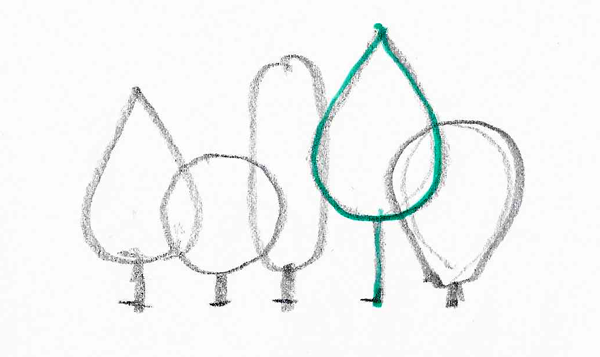
And here's a schematic of a 2d distance field composition that I'm hoping will be able to configure itself into various shapes shown above, driven by some input parameters and billboard proportions.
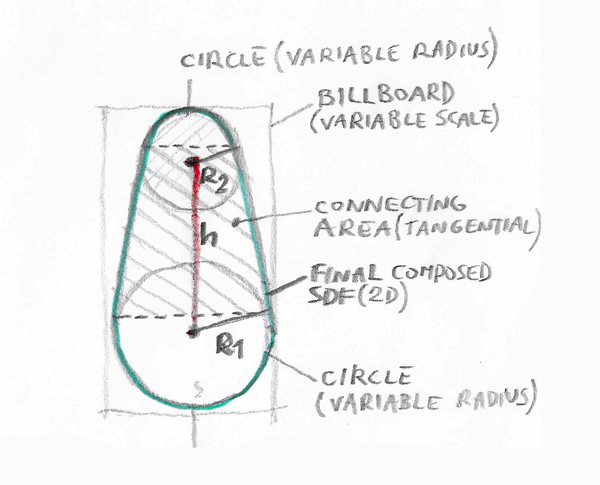
Up next: making a basic sdf shader that draws tree silhouettes 

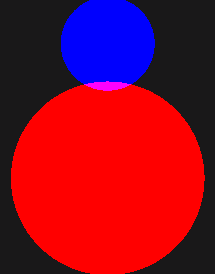
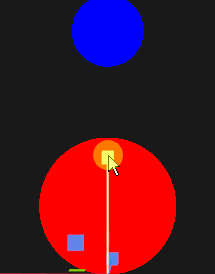

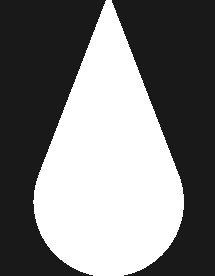
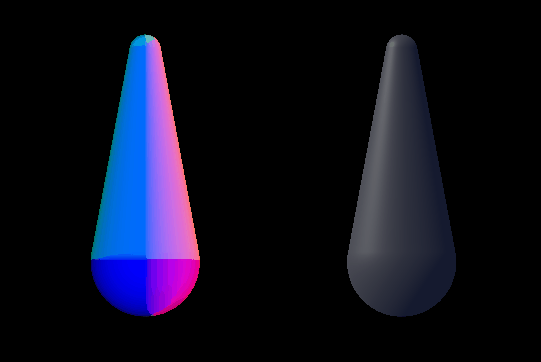
 ️
️
